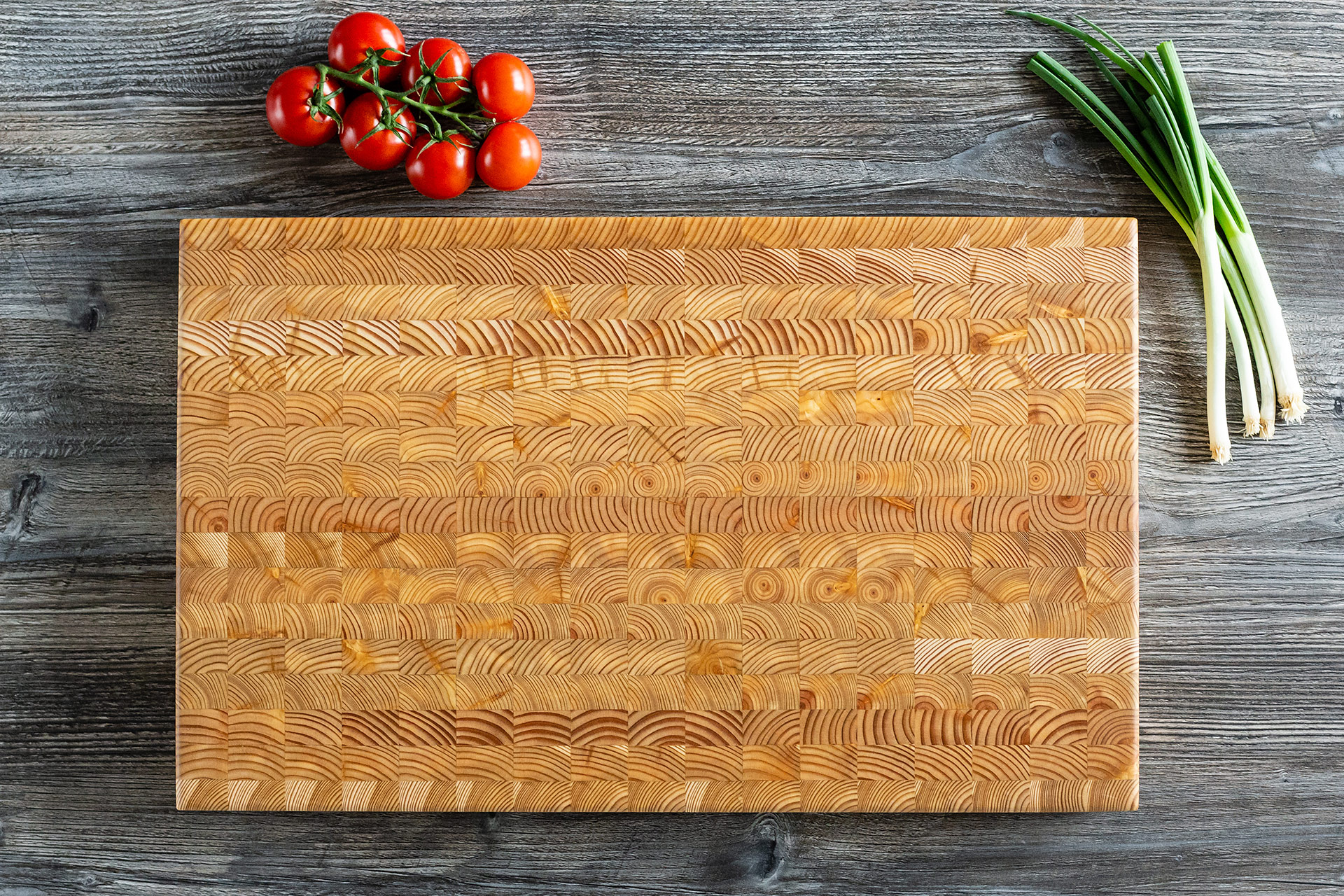Most timber chopping panels and reducing blocks are produced from stable hardwoods. Woods such as for example bamboo, birch, maple & teak are popular for the construction of cutting boards. There are three several types of table structure: Flat-grain – this type is created by sticking boards with the wheat side-by-side (like on dining area platforms or other furniture). These boards grow area to side. They might get wider in the summertime (if there’s humidity in the air) and reduce in winter months (when the heat from your furnace cures out the surface). Edge-grain – this kind is created by gluing boards of exactly the same breadth together face-to-face, so the top has got the edge of the panels showing.
These boards increase up and down, like fitness center flooring or wooden vehicle beds. End-grain – this type starts off as level feed sections which are cut over the wide wheat to the specified depth of the panel and then stuck face-to-face revealing the ends of the boards. This provides it a unique checkerboard look. Additionally it makes a great chopping surface while the knife knife cuts into the finish materials which diminishes reduce marks and splintering. Regardless of the construction, all need attention to be able to offer you many years of use. The main ideas are: Keep your panel clean. Don’t let it bathe in water or put it in the dishwasher. Hold your table well-oiled/seasoned.
After every use, wash your wood cutting surface with a gentle dish soap and hot water. Wash properly and dried with a cloth. Then let it air-dry fully (bacteria die once they aren’t kept moist). To clean the top, you might want to wipe your cutting panel with bright vinegar after use. Vinegar is useful against salmonella, E. coli and staphylococcus. You can apply it with a paper towel or, for simplicity of use, have a apply container full of vinegar practical in your kitchen. ALWAYS CLEAN THE CUTTING BOARD SURFACE THOROUGHLY IF YOU’VE CUT UP FISH OR POULTRY.
When chopping garlic or onion and cutting fish, getting some food odors on your own board is unavoidable. To eliminate these odors, you can rub your panel with coarse sodium, lemon, or cooking soda. Let it stand on the table for a couple of moments, then wash down the surface. Rinse effectively and allow it to dry.
DO NOT bathe your boards (or every other wooden utensils) in water or they’ll split and twist! DO NOT put them in a dishwasher to wash them. Due to the way most cutting panels & butcher prevents are made (gluing pieces of wood together) doing this might trigger your board to drop to pieces!
To avoid discoloration and to keep food odors and bacteria from establishing on the surface, hold your table well-oiled. Use a fat that may be used over repeatedly, such as for instance vitamin oil. Nutrient fat is apparent, tasteless, odorless, secure around food and may load the timber pores. Stay away from olive, fruit and plant oils, or dog fats, as these oils can move rancid over time. Be sure your panel is clean and dry, then wipe the gas in your chopping table in a level layer employing a clean, delicate cloth or paper towel. Watch for it to soak in to the wood (for at least a couple of hours or overnight operates too!).
Include more fat if essential if you can find dry spots. Wipe/buff down any surplus oil with a clear, dried cloth. When you initially get your wood cutting board or butcher block, you may want to get this done once weekly for three months and then once a month for 3 months. From then on, monthly, or more often if you are using your cutting panel extensively, should do the trick. End-grain boards need more oil than the flat-grain or edge-grain panels since the fat moves deeper into the end-grain fibers. REMEMBER YOUR BOARD LOVES TO BE OILED!

